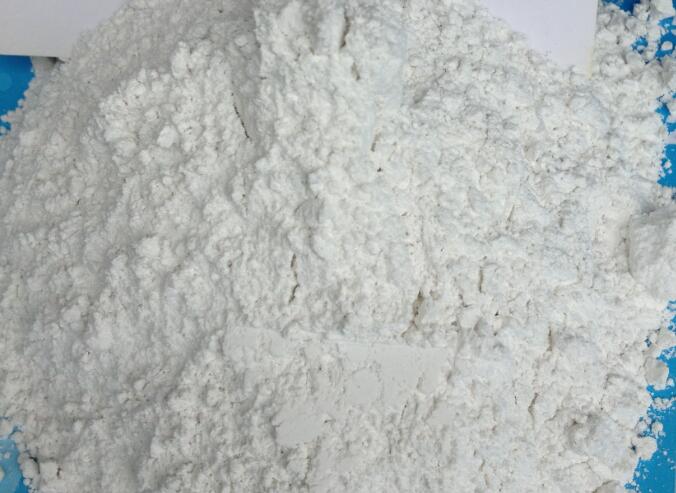From Theory to Practice: In-depth Analysis of Magnesium Hydroxide Application in Acidic Waste Gas Treatment Case

Despite its significant advantages, magnesium hydroxide faces several technical challenges in practical applications: • Precise control of slurry concentration is critical, with the recommended optimal mass concentration being 15%-20%. Excessive concentration increases pipeline resistance during pumping. • Temperature management proves equally crucial, requiring maintenance of reaction temperature within 40-60℃. Winter operations necessitate steam heating systems to ensure thermal stability.
A successful implementation case in a Zhejiang textile dyeing factory adopted the "Venturi scrubbing + magnesium hydroxide neutralization" process:
- Waste gas undergoes preliminary treatment through cyclone dust removal before entering Venturi tubes for full contact with atomized slurry
- Neutralized gas subsequently enters cyclone tray towers for advanced purification
- Circulating liquid is periodically discharged into sedimentation tanks, achieving 80% reuse rate of supernatant
This solution significantly reduced SO₂ emissions from 2000mg/m³ to 35mg/m³, with treatment costs as low as RMB 0.8 per ton of exhaust gas - 60% lower than activated carbon methods.
Looking ahead, advancements in nano-magnesium hydroxide preparation technology promise to increase specific surface area to 80m²/g, potentially breaking through 95% desulfurization efficiency. When integrated with intelligent control systems, magnesium hydroxide applications may pioneer a new era of "precision governance" in industrial waste gas treatment.








